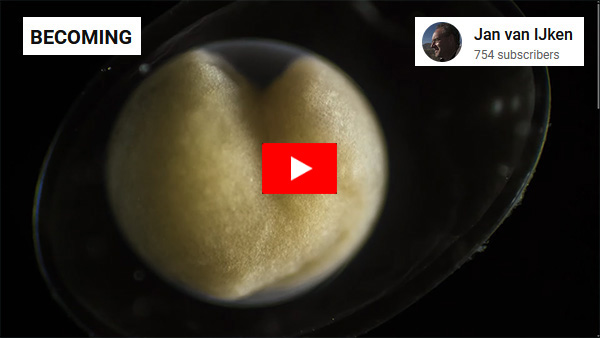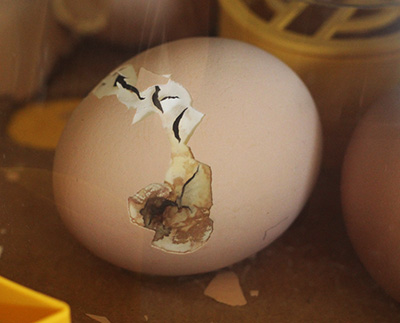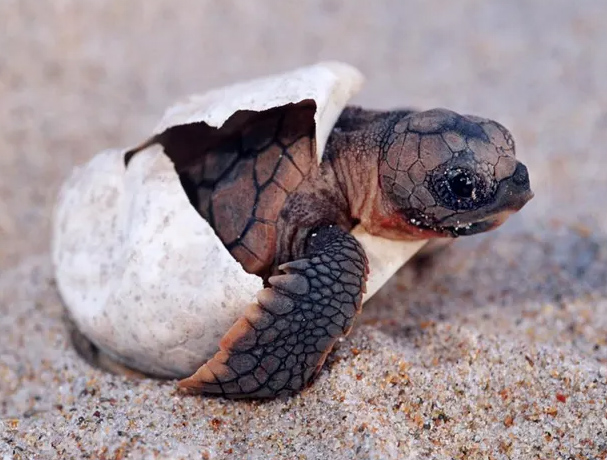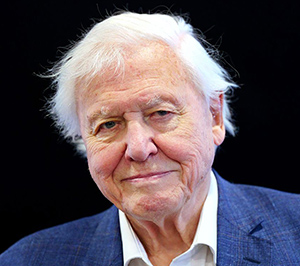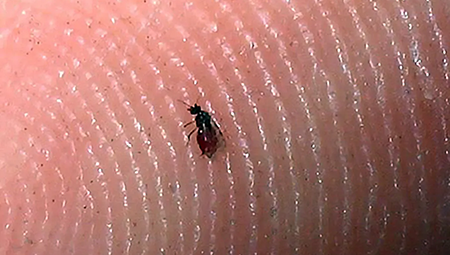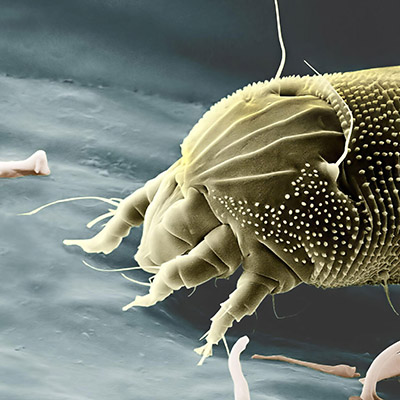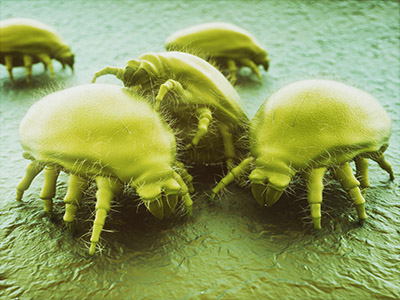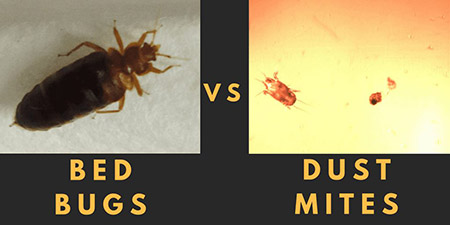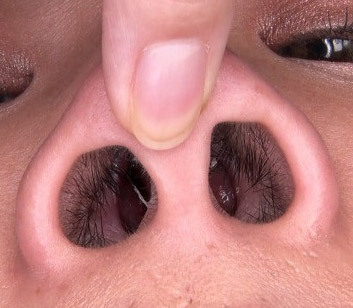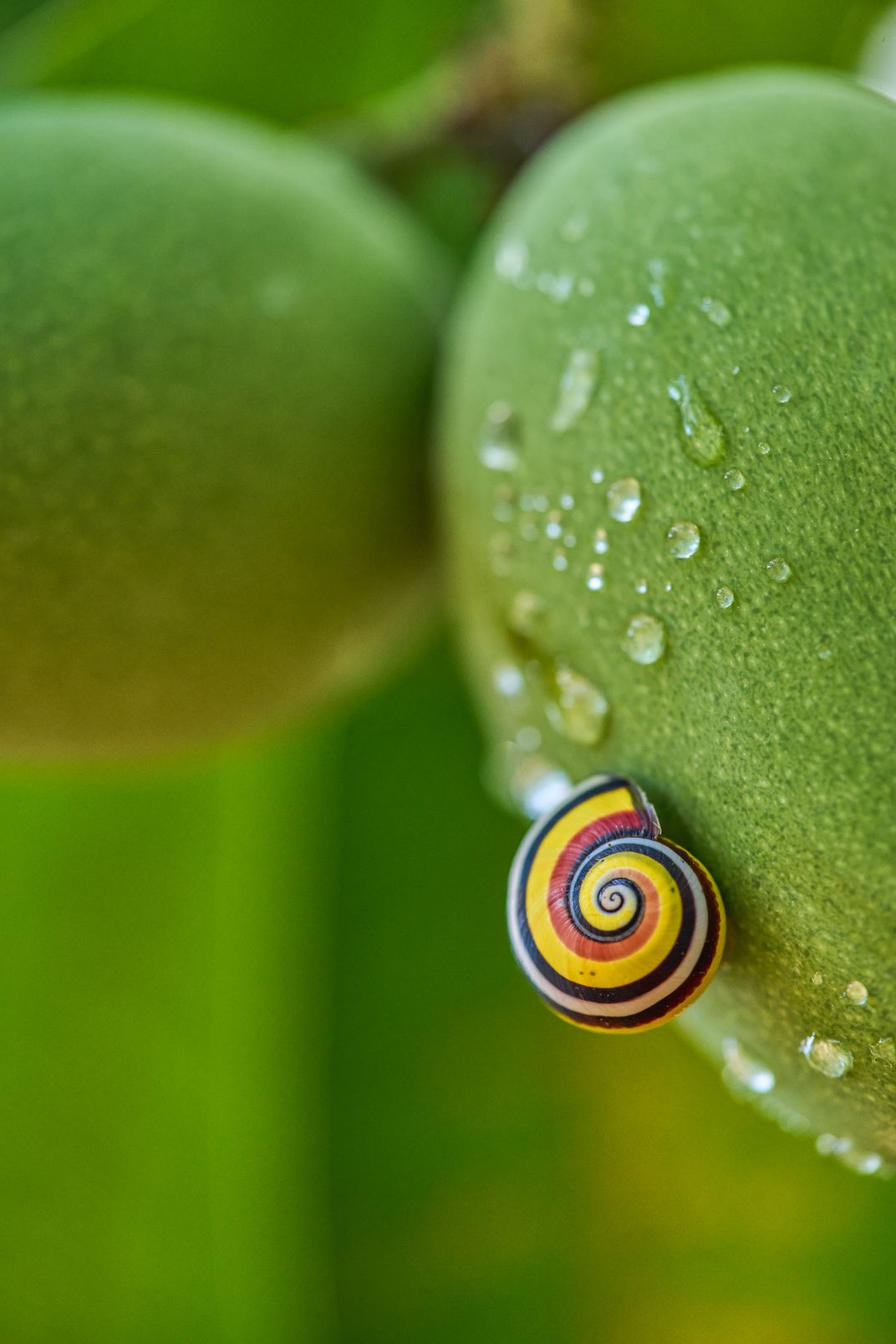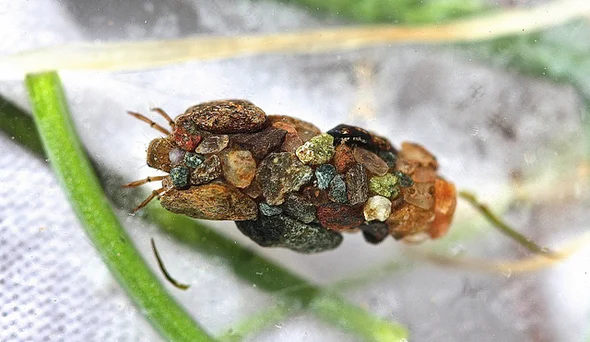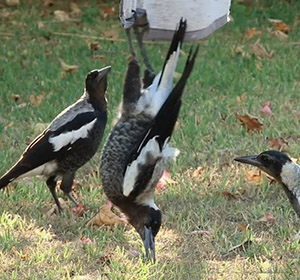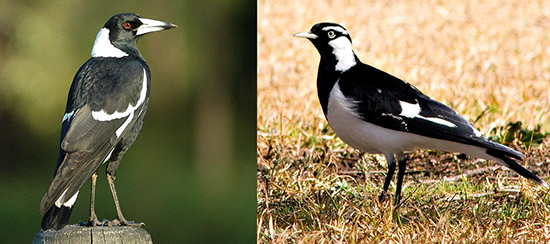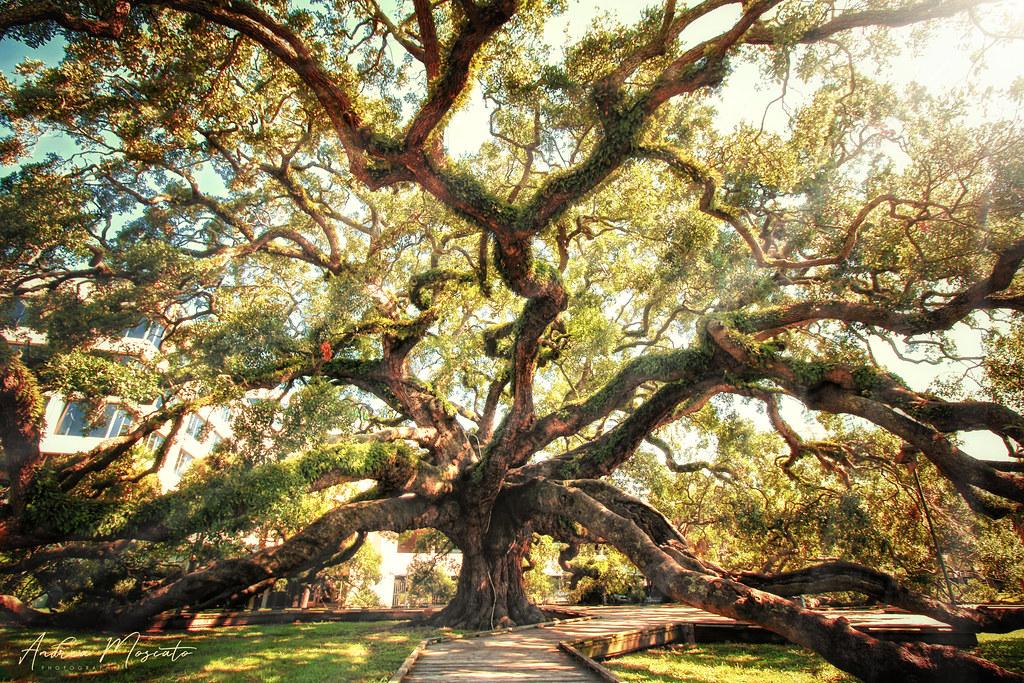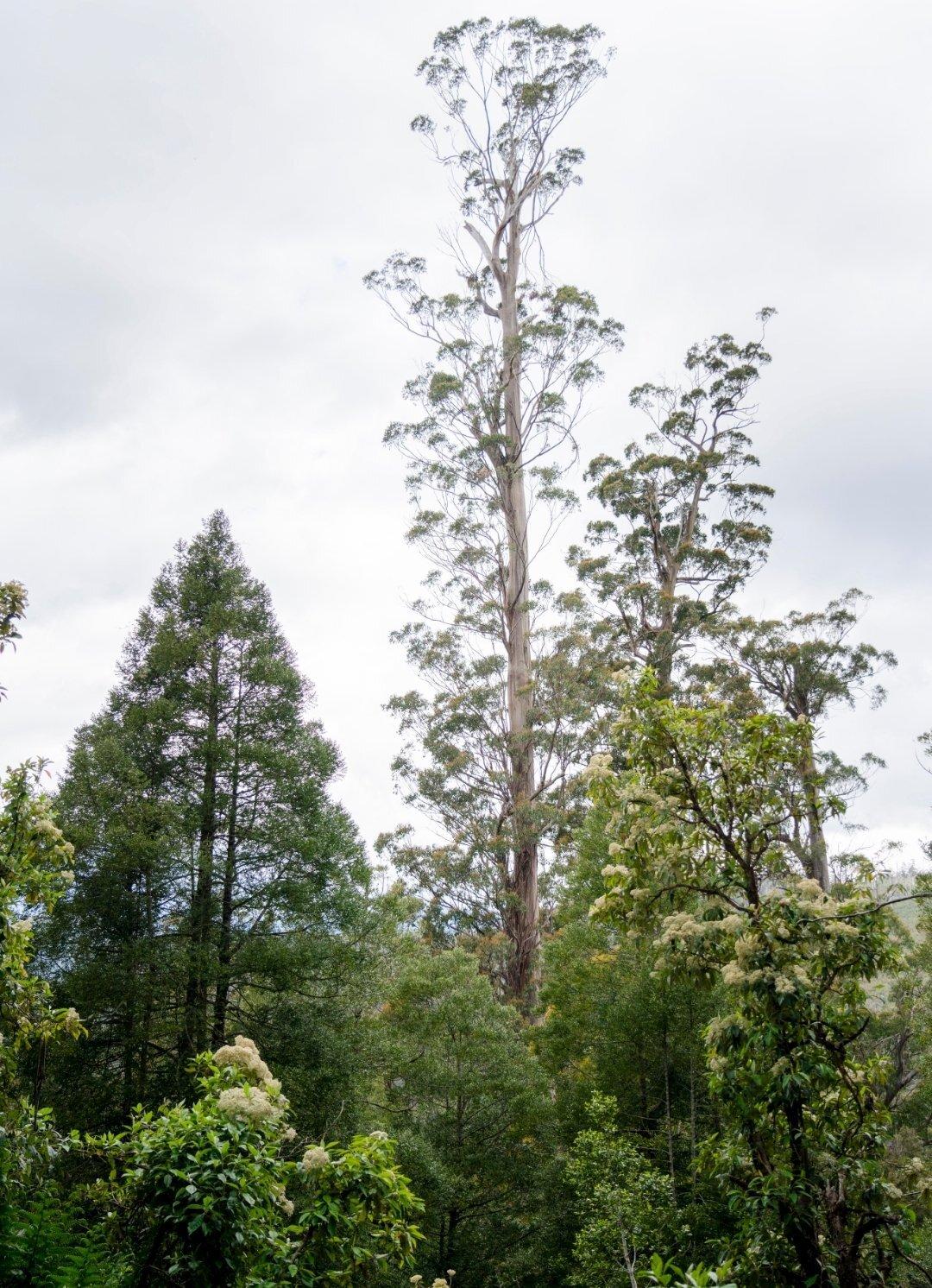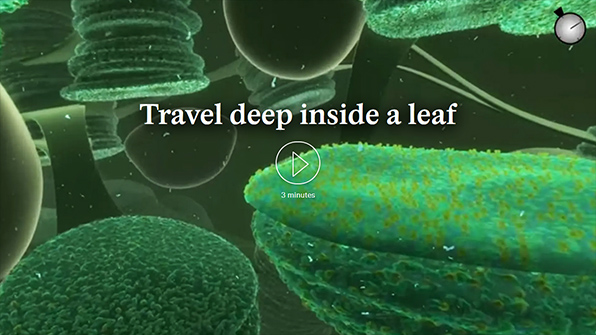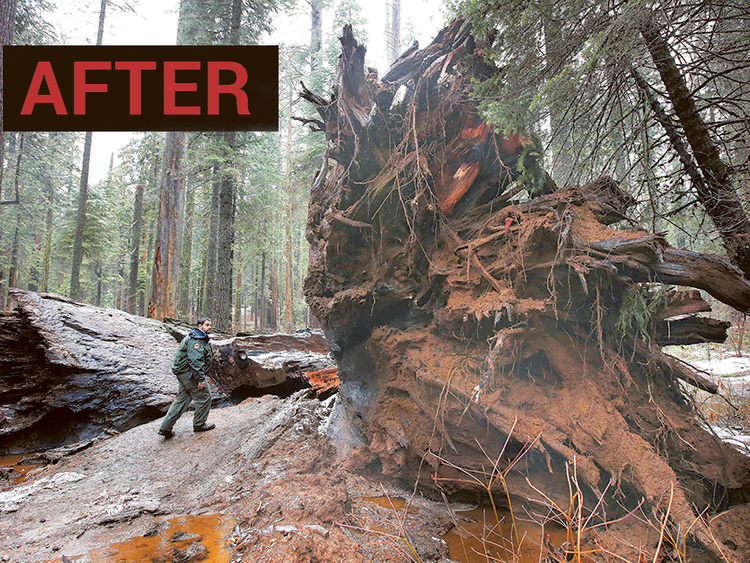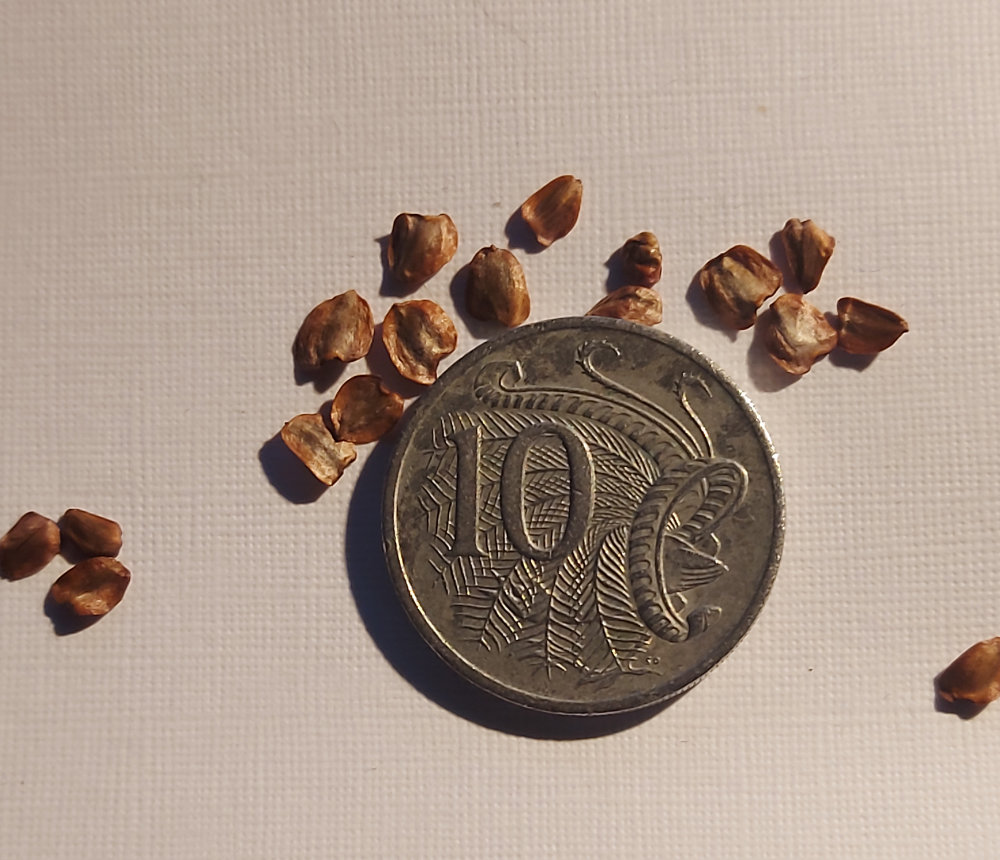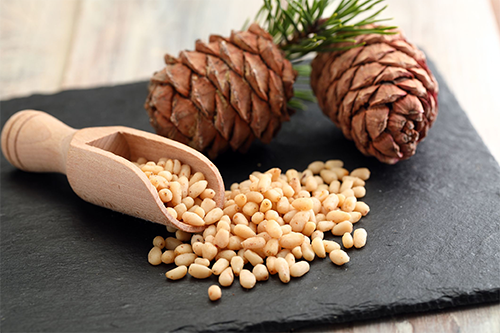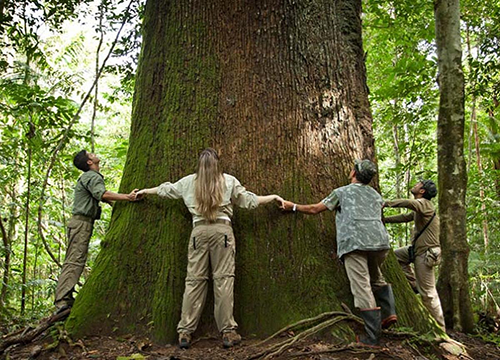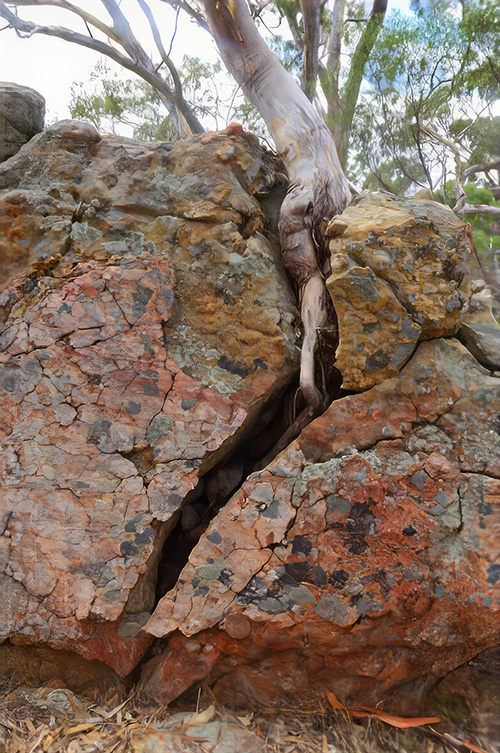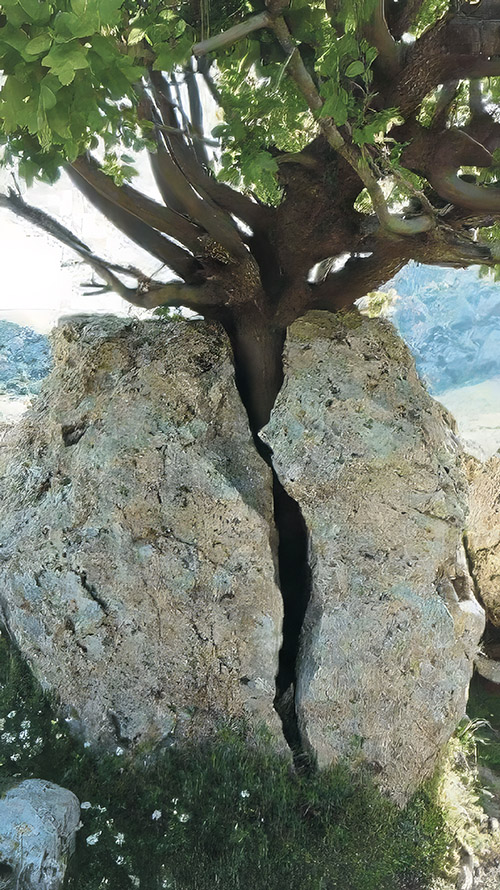|
Flora and Fauna are two huge families of life on Earth both of which only got started about 560 million years ago.
Did I say “only” 560 million years ago”? Yes I did!
Plants and Animals are kingdoms, which along with Fungi make up the three great divisions of multicellular life.
Some of the earliest multicellular creatures became recognisable in fossils laid down 560 million years ago.
These earliest fossils have been found in the Burgess Shale of Canada and the Ediacaran Formation of South Australia.
But these fossilised creatures themselves must have evolved well before then, usually estimated to be around 650 million years ago.
The earliest multicellular creatures probably evolved about 1 billion years ago based in estimated rates of evolution. At this point they were already differentiated from photosynthetic plants (which were then mostly algae).
There is yet another huge event in the life of Planet Earth which has puzzled the best scientific minds over a couple of hundred years. That is how did we get our oxygen?
It may have have got started about 3.5 BILLION years ago. But there is uncertainty about this.
The levels of oxygen dramatically rose in the atmosphere around 2.4 billion years ago, but why it happened then has been debated. Some scientists think that 2.4 billion years ago is when organisms called cyanobacteria first evolved, which could perform oxygen-producing (oxygenic) photosynthesis.
It is difficult for scientists to figure out when the first oxygen-producers evolved using the rock record on Earth. The older the rocks, the rarer they are, and the harder it is to prove conclusively that any fossil microbes found in these ancient rocks used or produced any amount of oxygen.
The answer in general is that oxygen is a gift from the plant world, they inhale carbon dioxide and exhale oxygen. Over 2.4 BILLION years they changed the composition of our atmosphere from toxic to life supporting.
From Ian Gibbins: |


